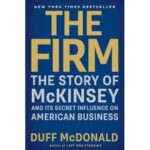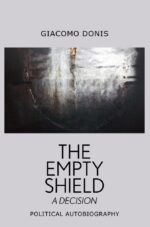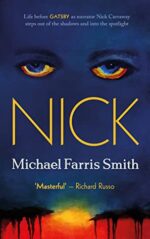The Firm
The Story of McKinsey and Its Secret Influence on American Business by Duff McDonald The story of McKinsey & Co., America’s most influential and controversial business consulting firm, “an up-to-date, full-blown history, told with wit and clarity” (The Wall Street Journal). If you want to be taken seriously, you hire McKinsey & Company. Founded in 1926, McKinsey can lay claim to the following partial list of accomplishments: its consultants have ushered in waves of structural, financial, and technological change to the nation’s best organizations; they remapped the power structure within the White House; they even revolutionised business schools. In The New York Times bestseller The Firm, financial journalist Duff McDonald shows just how, in becoming an indispensable part of decision making at the highest levels, McKinsey has done nothing less than set the course of American capitalism. But he also answers the question that’s on the mind of anyone who has ever heard the word McKinsey: Are they worth it? After all, just as McKinsey can be shown to have helped invent most of the tools of modern management, the company was also involved with a number of striking failures. Its consultants were on the scene when General Motors drove itself into the ground, and they were K-Mart’s advisers when the retailer tumbled into disarray. They played a critical role in building the bomb known as Enron. McDonald is one of the few journalists to have not only parsed the record but also penetrated the culture of McKinsey itself. His access puts him in a unique position to demonstrate when it is worth hiring these gurus—and when they’re full of smoke.










